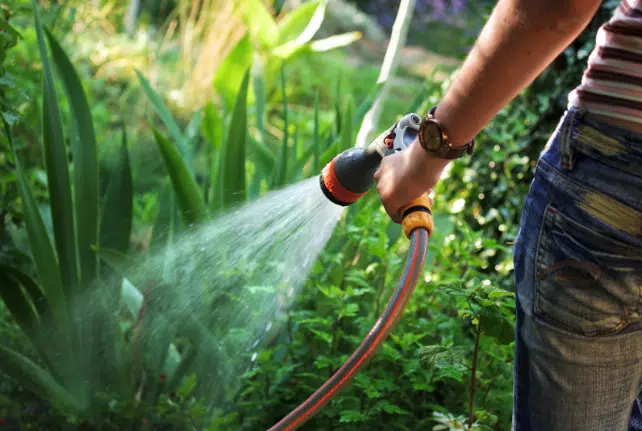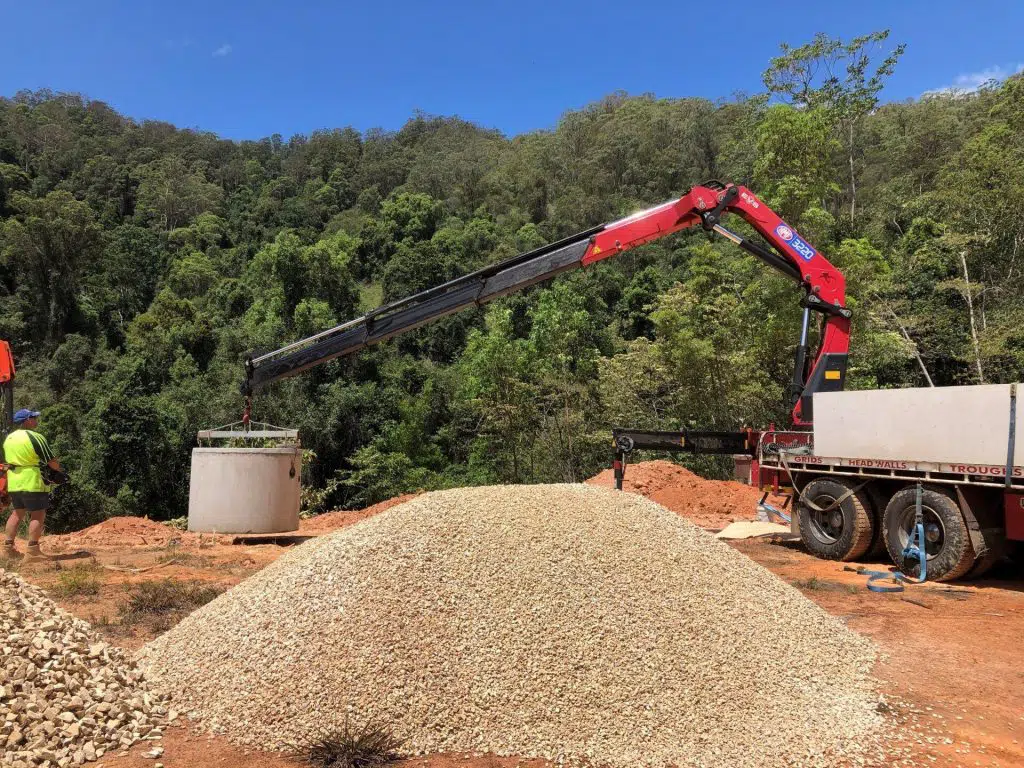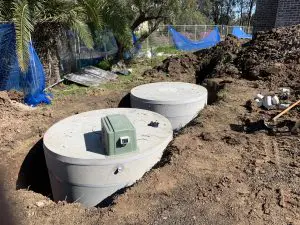Leaking From Your Septic Tank & What To Look For: Septic System Do’s & Don’ts

Maintaining a septic system is crucial for ensuring the health of your property and the environment. A properly functioning septic tank effectively manages wastewater from your home, but when leaks occur, they can lead to serious problems. Understanding the signs of a leaking septic tank and adhering to essential septic system do’s and don’ts can help prevent costly repairs and environmental damage. In this blog, we will cover what you need to know about detecting leaks in your septic tank, the importance of regular maintenance, and the key practices to follow for a healthy septic system.
Common Septic Tank Problems and How to Prevent Them

Maintaining a healthy septic system is essential for the smooth operation of your household’s wastewater management. However, like any other component of your home, septic tanks can encounter issues over time. From clogs and leaks to drain field problems, understanding these common septic tank problems and implementing preventive measures is key to avoiding emergencies and prolonging the lifespan of your system. In this comprehensive guide, we’ll explore the typical issues homeowners may encounter with their septic tanks and provide practical tips for prevention.




